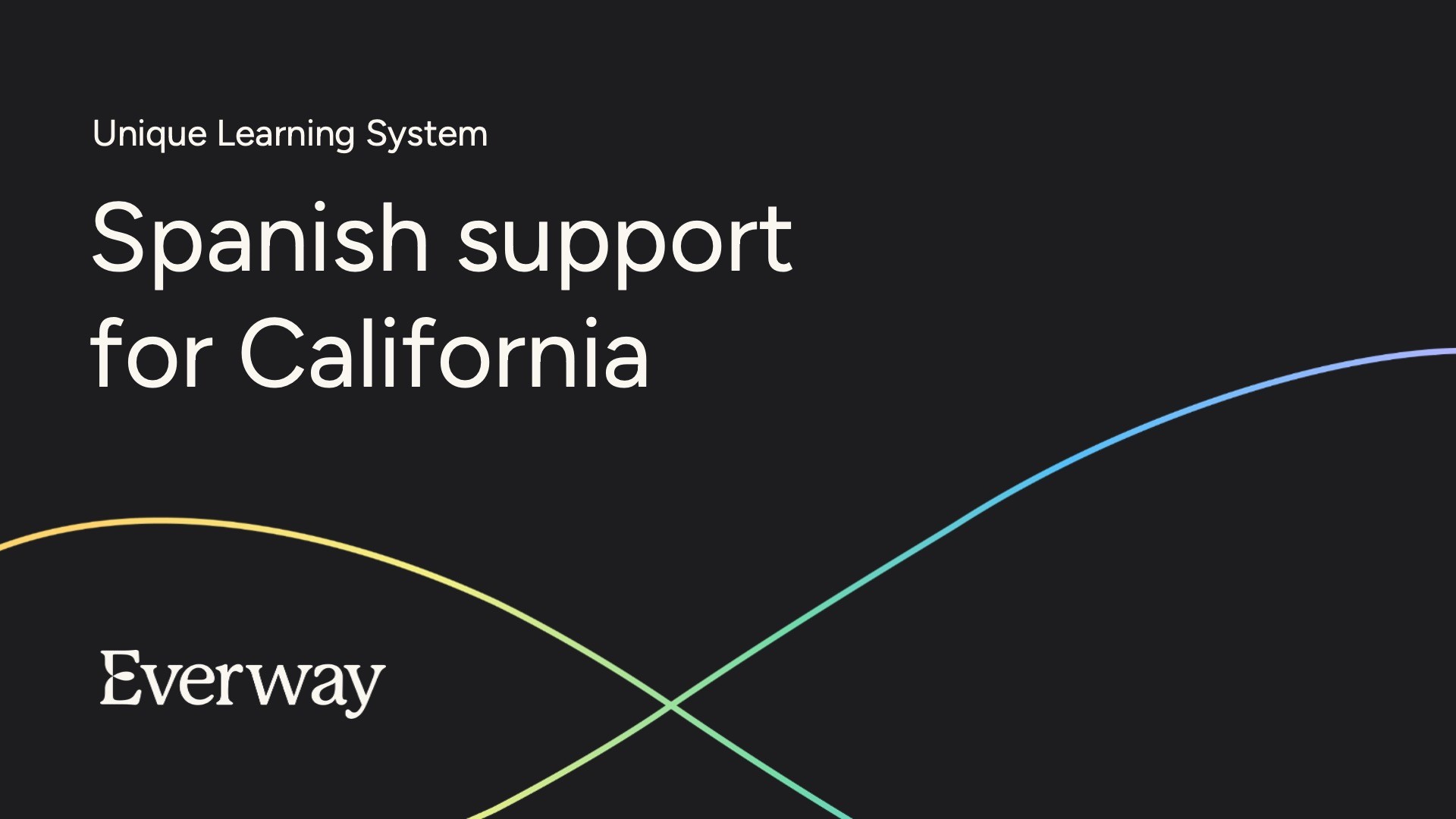When and Why to Use Sum It Up
Sum It Up is a flexible strategy that may be used as a lesson in itself, reflection at the end of a lesson or session, or generalization tool. I find that this strategy is beneficial for helping students in kindergarten through high school build comprehension and writing skills.
Steps to Teach Sum It Up
- Begin by sharing a short passage, photo, or line drawing.
- Underline or note the main ideas as they read or examine the text.
- Explain and discuss the summaries of the main ideas.
- Provide an example (visual and/or auditory) of what you want the student to do or create.
- Discuss the main ideas.
- Order the sentences (spoken and/or written) and connect them with transition words.
Sum It Up Strategies
Ticket Out the Door
Also called an exit ticket, Ticket Out the Door is a fun and easy way to teach Sum It Up. Students state one thing that they have learned from the text, photo, or drawing and write this on a ticket they hand in. This may be done collaboratively or individually as students depart from the room.
Ticket Out the Door may be modified for students who do not have the ability to directly speak or for those who struggle with generating a summary or developing an idea in a short amount of time. For these students, it can be helpful to provide a communication board or offer opportunities to draw a picture summarizing what they have learned.
Comics
Students are asked to draw a comic of the text or photo. When offered a limited number of panels, they will have to narrow the focus to decide what is most important to display in the comic.
Acrostics
Students are given a keyword. They must then write or state one main point for the lesson using each letter of the keyword. An example based on Hamlet:
P – Prince Hamlet sees his father’s ghost.
L – Laertes fights Hamlet using a poisoned sword.
O – Ophelia drowns in a stream.
T – The whole Danish royal family dies.
Graphic Organizers
A graphic organizer is a tool that uses visuals to express ideas and information. It provides placeholders and prompts to the student as they summarize the main ideas.
Using Sum It Up in Lessons
Teach students how to sum it up in lessons like:
- Learning vocabulary
- Writing sentences and/or paragraphs
- Determining sequential steps or directives
- Storytelling (narrative language)
- Preparing for a job interview
- Making phone calls
- Asking and answering relevant questions
- Reporting emergency information
I have found that Sum It Uphas been a major motivator for ending lessons and therapy sessions, and it works well whether teaching in person or online. Teachers can add movement by having students form debriefing circles to share their summaries with one another, regardless of the summarization strategy used. Keeping students engaged until the end of the session is critical.
When using Sum It Up, students see the summarization activity on the schedule, know what will be expected, and can prepare accordingly. It is an effective means to summarizing the key takeaways from a lesson!



